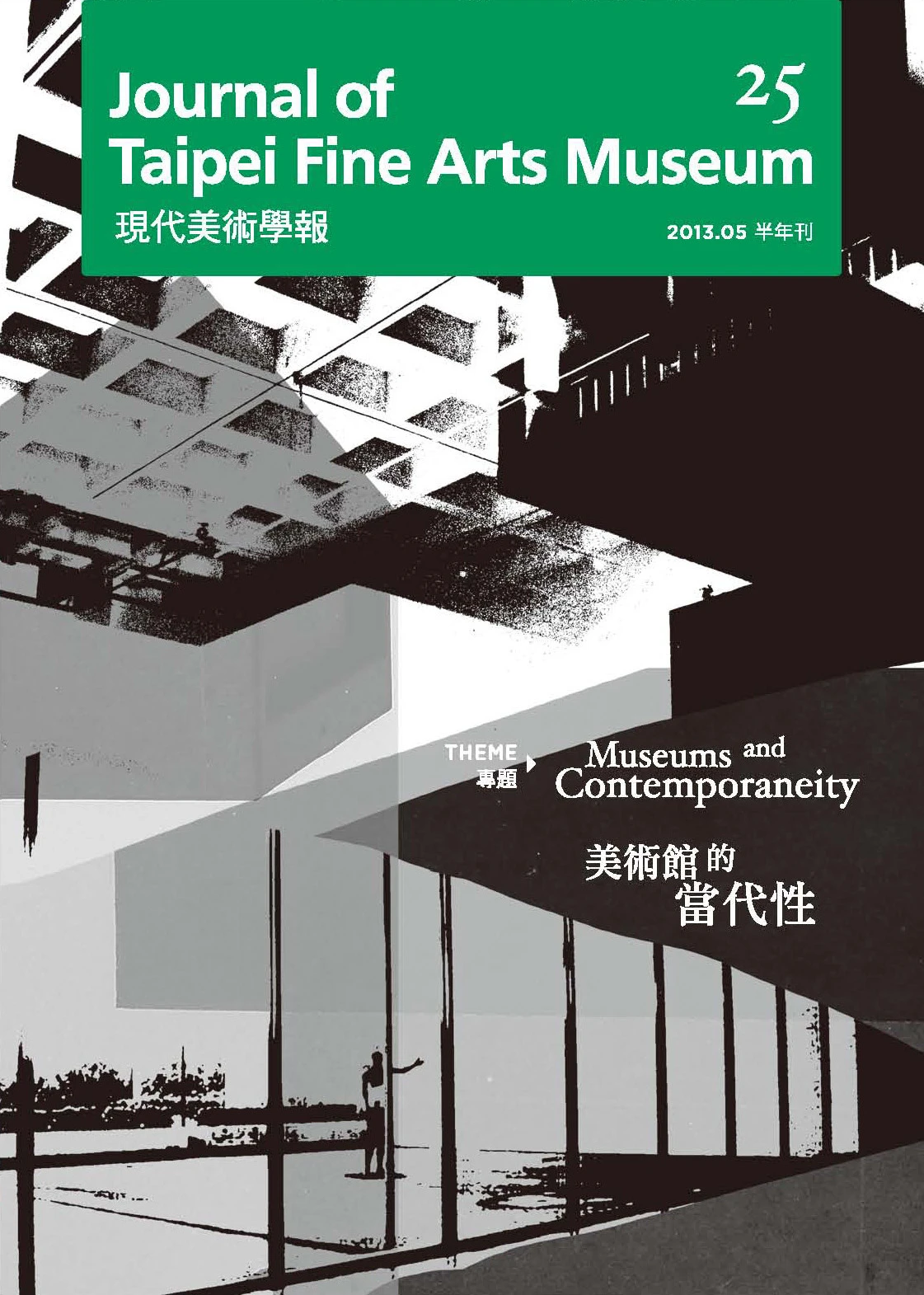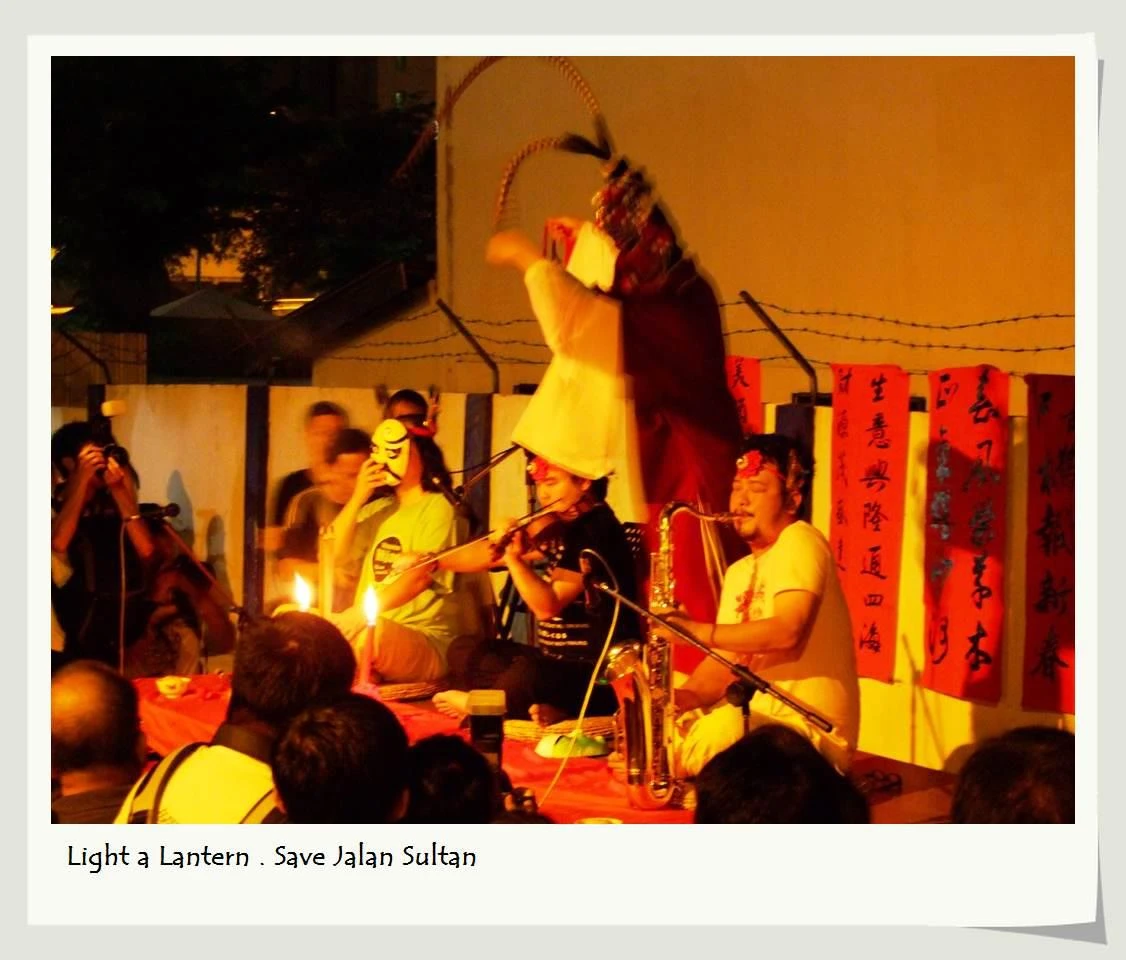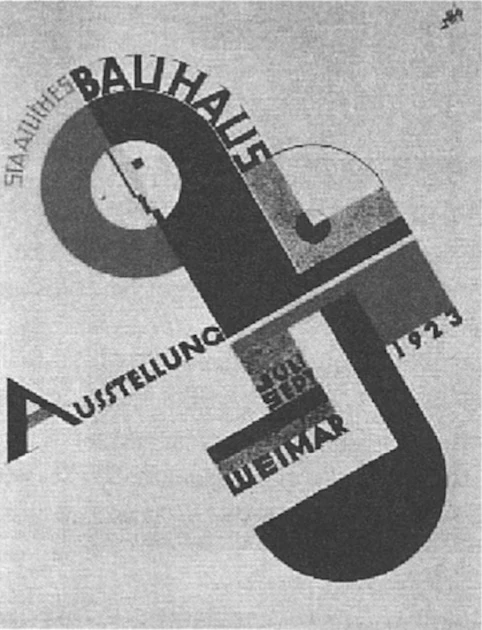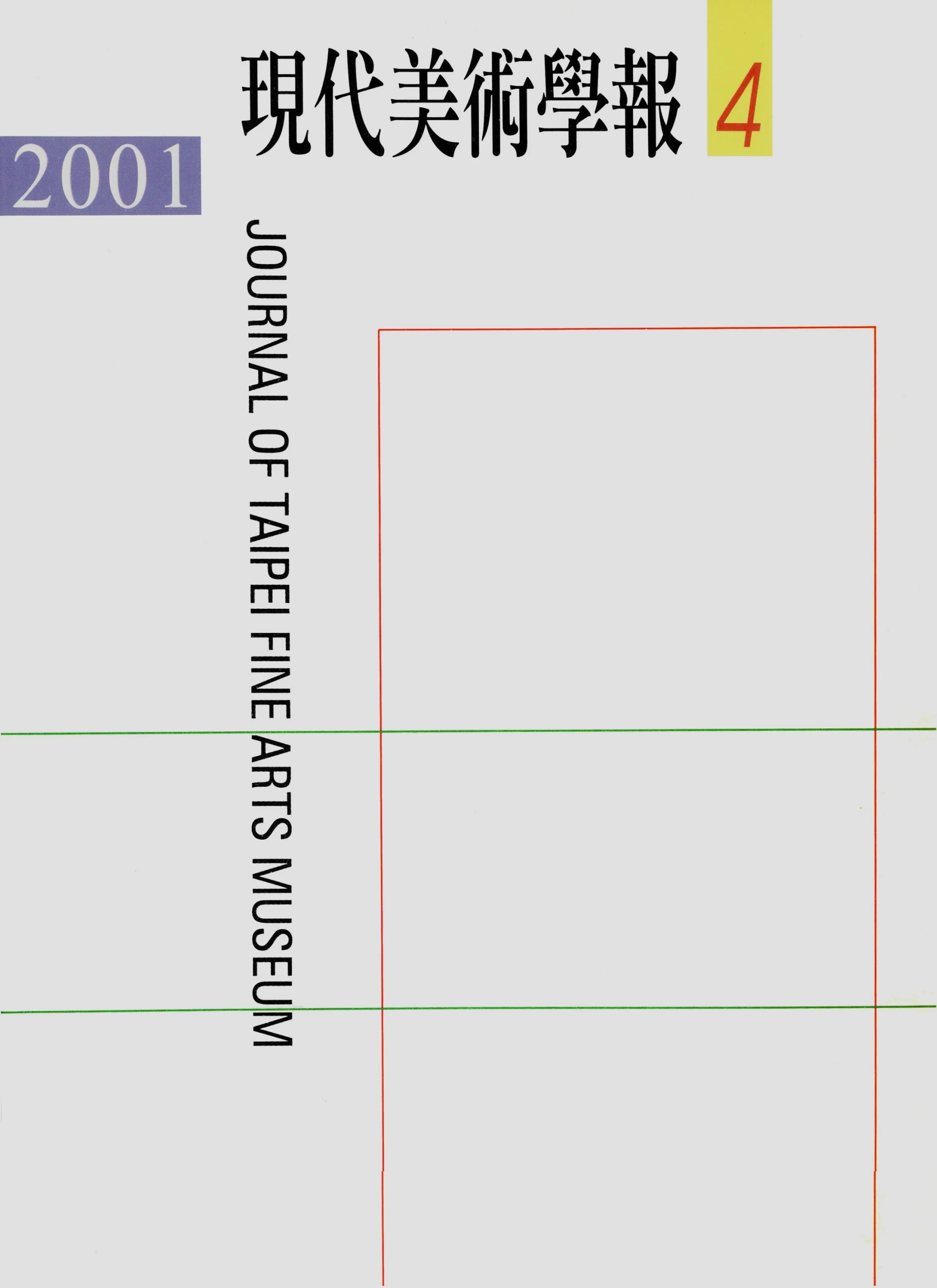摘要
裝置藝術是盛行於後現代藝術潮流的「類式」與「現象」之一,其早期原型源自文藝復興時期以來的綜合藝術槪念,以及二十世紀上半葉孕育的前衛藝術精神;二次大戰以後發展的多元樣貌美術與當代裝置藝術的觀念塑成有直接和間接的關聯,本文從西洋藝術史論的角度解析當代裝置藝術經由多向衍化形成的過程與結果,硏究結果歸納裝置藝術的主要觀念和特質包括:(1)場域的特定性;(2)觀眾參與的戲劇性;(3)跨媒材或跨領域的綜合性;(4)社會政治的批判性;每一個主要觀念或特質之下則各有次要觀念。
關鍵詞
裝置藝術,綜合藝術,總體藝術,集合藝術,環境藝術,現成物藝術,特定場域,觀眾參與,戲劇性,跨媒體/跨領域藝術,社會批判,關係藝術
Abstract
Installation art is one of art genres and phenomena actively practiced by contemporary artists in the Postmodern era. Its early prototypes derive from a creative synthesis of the arts since the Renaissance, to the experimental art of avant-garde artists in the first half of the 20th century. The art concepts and peripheries involved in contemporary installations are highly complex, and in association with the ideologies of art forms or movements developed by artists, theorists, and critics after the World War II. The major goal of the study is to identify the salient characteristics of contemporary Installation art. Four key concepts discussed in the essay are: site-specificity, viewer participation as theatricality, syntheses of media and disciplines, and socio-political critique. Each key concept has subconcepts.
Keywords
Installation art, Synthesis art, Total art, Assemblage art, Environment Art, Art of readymades, site-specificity, viewer participation, theatricality, Intermedia / Interdisciplinarity, socio-political critique, relational art





.webp)
